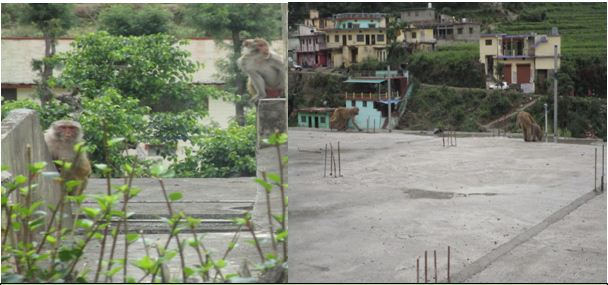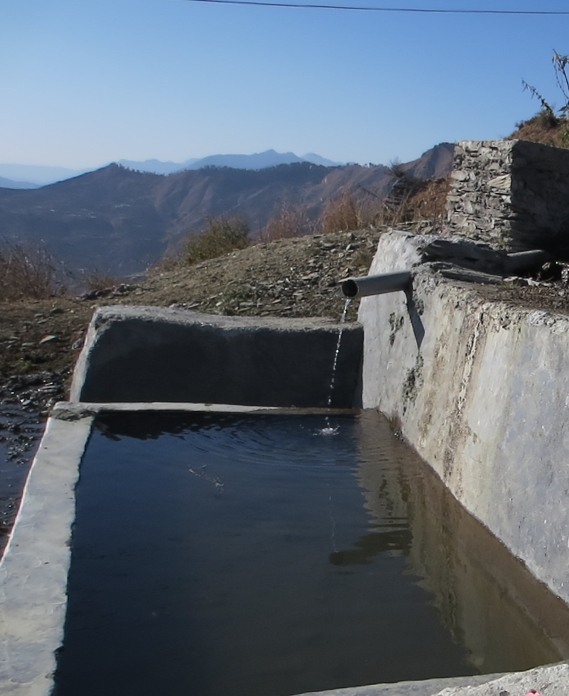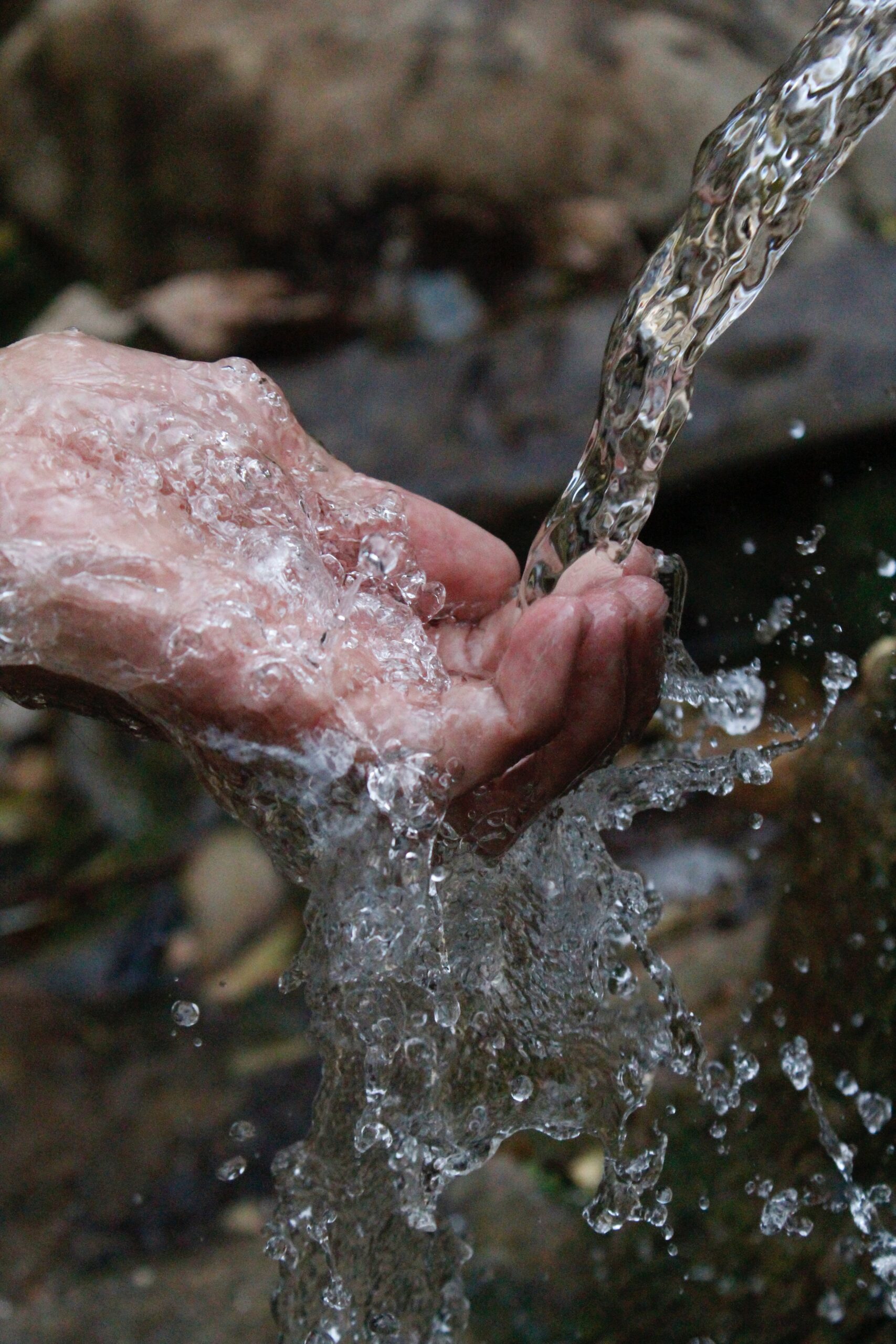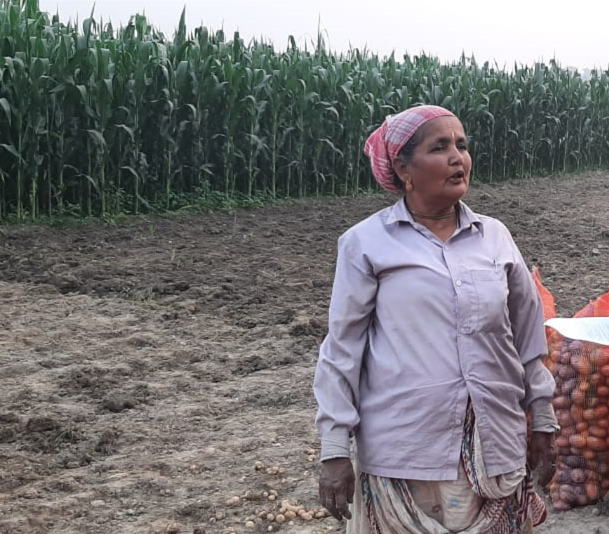Biofencing in Watershed area

In Watershed area, agriculture is one of the means for enhancing livelihood opportunities. Various ongoing Watershed projects all over the world introduce new watershed interventions for better crop production in watershed area.
Entry of wild animals in cultivated area is becoming a big threat to livelihood of the farmers. Protection of cropped area from wild animal is posing a challenge for the farmers in watershed areas. There are many methods of fencing .Biofencing is one of the effective way
Monkey menace is one of the common problems for the farmers. The monkeys are moving out from their natural habitat in search for food and shelter. However it’s not their fault. Even human being has entered too much in wild habitats in search of new avenues. Monkey menace can be seen both in hilly watershed and plain watershed areas.
Apart from monkeys, the standing crops in field are being damaged by unwanted entry of wild animals like wild boar, elephant etc.They are entering in the cropped area. Every year a large acreage of cultivated area is getting affected by the entry of wild animal
Biofencing is one of the ways to prevent the entry of wild animals in cultivated areas. Agave plant i.e. Rambans can be a good solution for bio fencing. It is commonly known as Aloe plants. It is grown naturally in many parts of world especially in Africa and India .However it is native of America
Agave plants can be grown all along the boundaries of cropped area. It can better protect the cropped plants like maize, wheat, paddy and other vegetable crops like tomato, capsicum etc from entry of wild animal.
This method of bio fencing is environment friendly too. It is also cost effective. This can be taken as one of the effective watershed intervention for restricting the entry of wild animals in cultivated areas.









